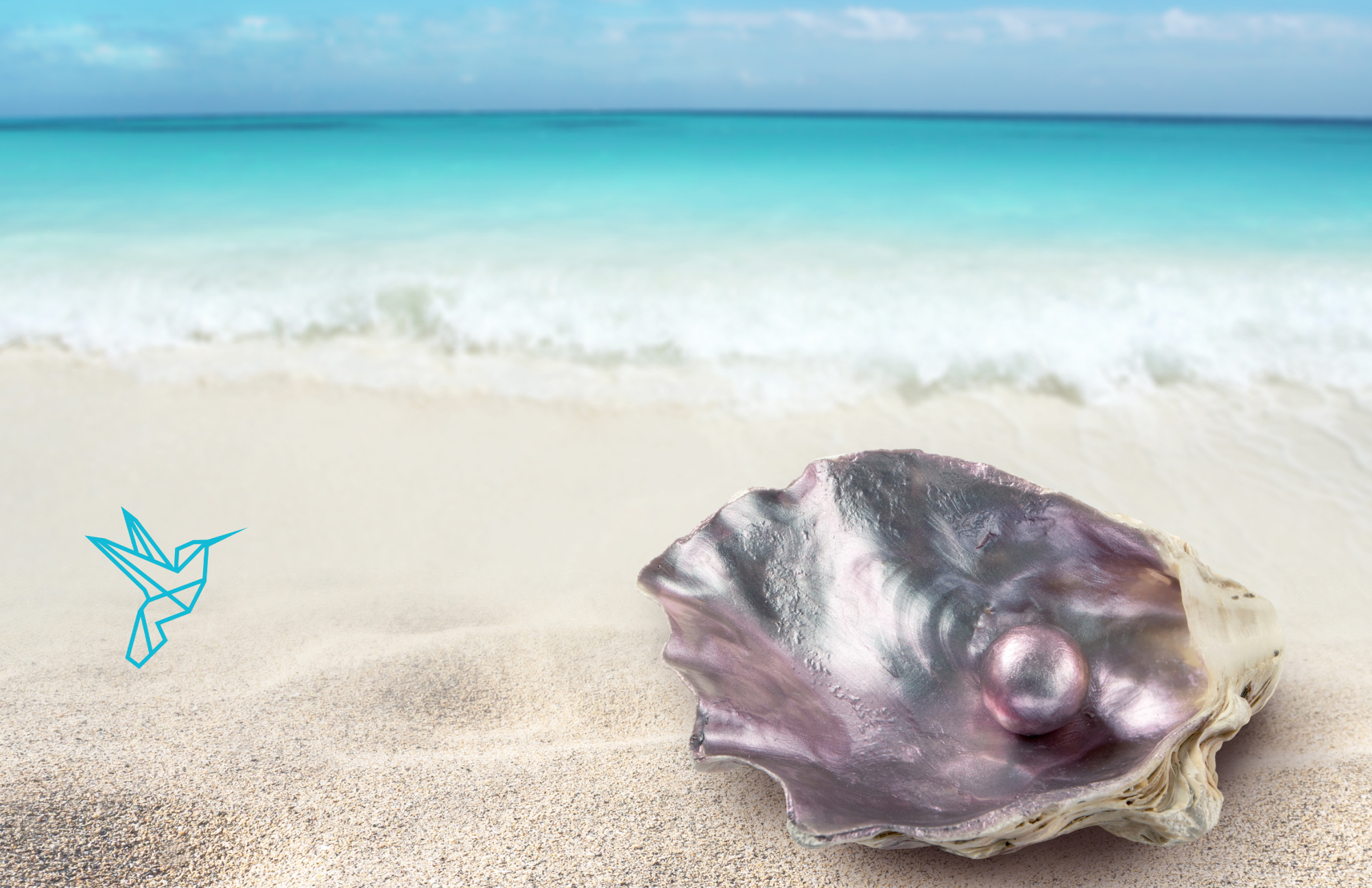La Paz offers a vibrant mix of natural beauty, culture, history, and authentic Mexican charm. It’s an ideal place for travelers who want to experience Baja California Sur beyond the tourist hotspots.
Where to Stay
La Paz has a range of accommodations from small boutique hotels to eco-friendly resorts. Head over to La Ventana and stay at Palapas Ventana. If you’re in the city center, Hotel Catedral in La Paz is a stylish option in the city center with modern amenities and easy access to local attractions. For an eco-friendly beachfront experience, Costa Baja Resort & Spa provides luxury with direct views of the Sea of Cortez. If you’re seeking an intimate experience closer to nature, Casa Kootenay Bed & Breakfast offers rustic, cozy rooms right by the water.
Where to Eat
La Paz is a culinary delight with a blend of traditional and contemporary flavors. Mariscos El Toro Güero is a must for fresh seafood, including ceviche and fish tacos. Nim stands out with its fusion of Mexican and international cuisine, featuring ingredients sourced locally. If you’re looking for a laid-back, beachfront spot, try Bismarkcito, known for its seafood cocktails and grilled octopus. For authentic Mexican mole and slow-cooked meats, Doce Cuarenta provides a casual yet charming café experience.
What to Do
- Espíritu Santo Island: A UNESCO World Heritage site, Espíritu Santo is known for its turquoise waters, diverse marine life, and stunning beaches. You can swim with sea lions at Los Islotes, snorkel over vibrant reefs, and kayak through secluded coves.
- El Mogote Sand Dunes: Perfect for sunset watching and sandboarding, the El Mogote dunes showcase the dramatic natural beauty of the peninsula. These dunes, located just outside La Paz, offer panoramic views of the sea and the surrounding landscapes.
- La Paz Malecón: The waterfront promenade, or Malecón, is the heart of La Paz. Walk along the coast, admire the public art, and enjoy live music from local performers. It’s a favorite for both locals and visitors for evening strolls and sunsets.
- Museo Regional de Antropología e Historia: Dive into La Paz’s history here, from pre-Columbian artifacts to exhibits on indigenous communities, Jesuit missions, and the region’s unique biodiversity. The museum provides insight into the ancient cultures that lived here over 10,000 years ago, including the Pericú and Guaycura people.
Nature & Plant Life
The Baja Peninsula’s landscape is stark and captivating, with unique plant life adapted to its dry conditions. Cacti forests—like the iconic cardón, the world’s tallest cactus species—define the region, along with agave and desert wildflowers that bloom after rare rains. The coastal areas and nearby islands, including Espíritu Santo, teem with marine life such as whale sharks, humpback whales, dolphins, and manta rays.
Inland, the Sierra de la Laguna mountains support a more diverse ecosystem, with pine and oak trees, creating a lush contrast to the desert below. This region is rich in endemic species that have adapted to Baja’s semi-arid climate over millennia.
Historical Context and Local Economy
La Paz has a rich history dating back thousands of years. Originally inhabited by indigenous groups like the Pericú and Guaycura, the area became a vital Jesuit mission site in the 17th century. While Jesuits attempted to convert indigenous populations and establish farming communities, the harsh desert conditions led to challenges. Over time, the discovery of pearls brought European traders and explorers to the region, further shaping the economy. Though overfishing diminished the pearl industry, it set the stage for La Paz’s economy, which today relies on tourism, fishing, agriculture, and salt production.
Local Cuisine
Baja California Sur’s cuisine is deeply influenced by the sea. Freshly caught seafood—especially clams, shrimp, and marlin—is a mainstay. Traditional dishes include almejas tatemadas (grilled chocolate clams), tacos de pescado (fish tacos), and machaca de mantarraya (spicy dried manta ray). Locals also take pride in comida de rancho (ranch-style cooking), featuring beef, goat, and local vegetables, often served with tortillas handmade from scratch.
In La Paz, you’ll find a unique blend of ancient indigenous cooking and more contemporary Mexican dishes. The cuisine in La Paz and the surrounding areas reflects this rich mix of history, with dishes passed down through generations while incorporating new flavors and techniques.
Summary
La Paz truly embodies the essence of Baja California Sur. The natural beauty and cultural depth make it ideal for travelers who want an authentic experience. With a slower pace than Cabo and more diversity than Loreto, La Paz remains a city for those who value both history and the stunning Sea of Cortez.


